Vertical Outdoor Herb Garden Lush Space Saver
Think you need a big yard to grow fresh herbs? No, you don’t.
Even a small patio wall can turn into a green oasis in minutes.
Grab a few felt planting pouches (soft fabric bags) and some potting mix (loose soil that helps roots grow). In just five minutes, you’ll hang them on hooks or nails and fill each pocket with basil, thyme, and mint.
You’ll love how the herbs smell when you brush past them! It’s like painting with plants. Every pouch becomes a little brushstroke of lively green and flavor.
Let’s walk through simple steps to craft a lush, vertical herb garden that saves space and feeds your kitchen all summer.
5-Minute Build Plan: From Idea to Planted
Ready to turn a blank wall into a burst of fresh herbs? Let’s jump in.
First, choose your structure. I love a simple felt pocket kit (felt pockets are soft planting pouches) or a top-rated modular herb tower. Either way, you’ll find the link you need here: vertical herb garden diy.
Next, round up your materials: a drill, about a dozen screws, potting soil (a mix of peat moss and compost (decayed organic matter that enriches soil)), and your favorite herb seedlings. Oh, don’t forget gloves if you’re like me and hate dirt under your nails.
Now assemble the frame. Line up the panels, drive in the screws, and you’re done in ten minutes, seriously. Oops, spilled a bit of soil? No biggie.
Time to pot your herbs. Stuff soil into each pocket or slot. Then nestle in a little basil, thyme, or mint. Feel that warm earth crumbling between your fingers? That’s the magic.
Finally, hook up drip irrigation or snap on the self-watering base. It’ll sip water for you on hot days, so you can sit back with a cold drink and watch your garden grow. Planting now sets you up for a summer full of fresh flavors.
Choosing and Building Vertical Planter Structures for Your Outdoor Herb Garden
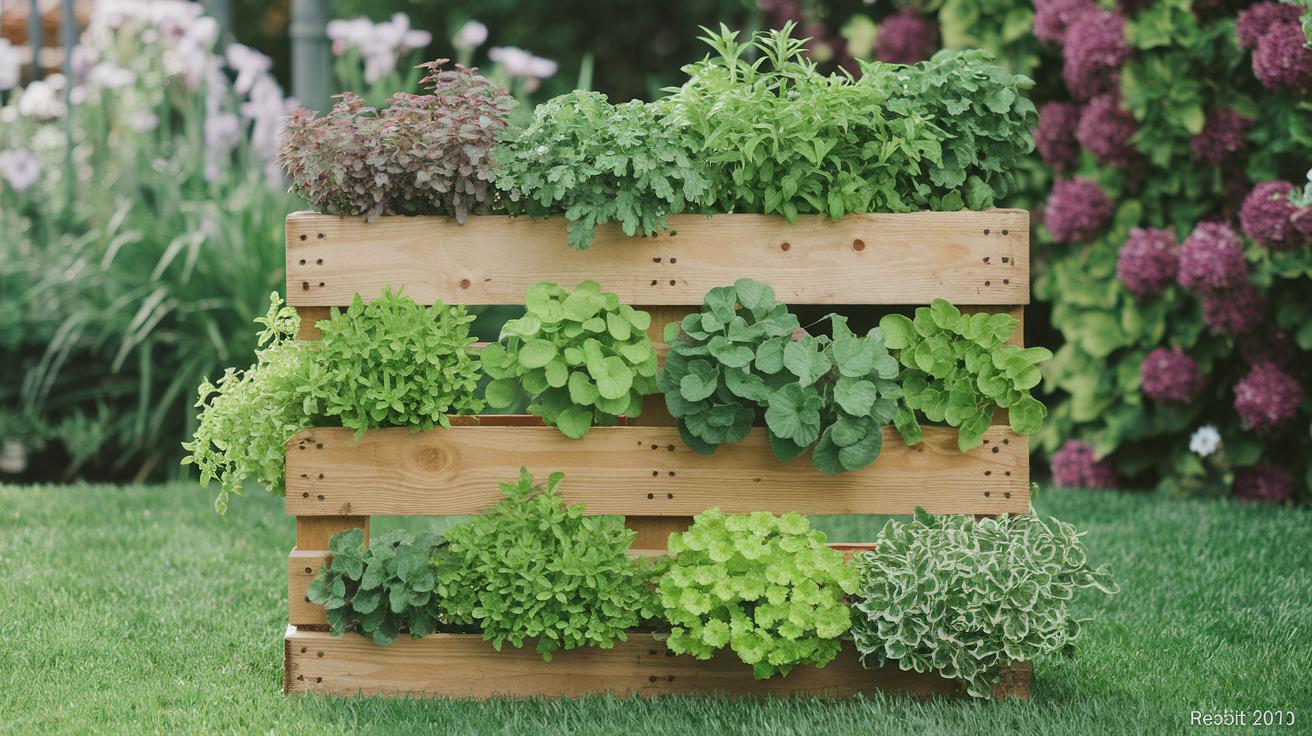
Choosing the right materials sets the stage for a thriving herb display. It’s like picking the perfect canvas for your art. Think about how much weight your wall can hold, how often you’ll water, and if you’ll want to move things around. Maybe you love the rustic vibe of a wood pallet or need space-saving stackable planters for a tiny balcony.
-
Ladder planters: Hang sturdy metal buckets on an old ladder using big S-hooks. Each bucket (a small, open-top container) holds soil and herbs so you can swap plants in a snap. Oops, I once leaned it too far – pro tip, secure it tight.
-
Picture frame planters: Grab a frame at least 1.5 inches deep. Line it with landscape fabric (a water-retaining cloth), fill it with soil, and you’ve got a living art piece. Imagine fresh basil peeking out like green brushstrokes.
-
Felt pocket planters: These are pockets made from thick felt fabric that you screw right to walls. Water every two days and enjoy lightweight, breathable pockets perfect for thyme or oregano.
-
Pallet walls: A wood pallet garden can hold nearly 30 herbs in three tiers with pots clamped on by hose clamps. It’s an easy, budget-friendly project, you know. See vertical herb garden diy for the full how-to.
-
Modular stackable planters: Think of these as tower blocks for plants. They clip together and stack up, giving you neat, uniform tiers on a patio or balcony.
-
Freestanding planter carts: Build a rolling herb cart on wheels for about $30 and move it with the sun. Morning light in one spot, afternoon shade in another, easy peasy.
-
Recycled container gardens: Upcycle old crates, coffee cans, or even jeans (lined to hold soil) for a fun, eco-friendly planter that tells a story.
Matching your planter to its sunny wall or shady corner means healthier herbs and less fuss. Happy gardening, neighbor!
Essential Materials, Tools, and Soil Mixes for Vertical Outdoor Herb Gardens
Let’s round up what you need before you start your living herb wall. It makes building so much smoother.
- Two full-size pallets (or cedar boards if you want extra durability)
- One 8-foot pine 2×4 board
- Landscape fabric (soil liner) or a felt pocket kit (fabric planter pouches)
- Lightweight potting mix (store blend) or your own DIY ingredients
- Compost (rotted plant scraps that feed your soil) and perlite (tiny white rocks that help water drain)
- 3-inch corner braces with outdoor wood screws
- Electric drill with a ½-inch bit (for drilling drainage holes)
- Five swivel-locking wheels plus extra 2×4 supports (so you can move your planter)
- Waterproof exterior wood sealer (finish that keeps wood from rotting)
- A saw, pencil, and tape measure
Here’s a simple soil recipe for three planter boxes:
- 50% lightweight potting mix
- 25% compost
- 25% perlite
Mix until it feels like soft, crumbly clay. This blend holds water but drains extra right away.
Now for the fun part. Drill ½-inch holes in the bottom of each box. Line them with fabric or liners so the soil stays put. Oops, spilled a bit of mix there, just scoop it back in. Then fill the boxes.
Secure the corner braces so everything stays tight. And attach your wheels under those extra 2×4 supports. Seal all the wood with your outdoor sealer. Let it sit until it’s fully dry. About 24 hours usually does it.
By the way, if you want to save money, use scrap wood instead of new pine. Felt pockets can replace fabric liners. Or hunt for free pallets. With swaps like these, you can keep your total cost near fifty dollars.
Selecting and Planting the Best Herbs for Vertical Outdoor Gardens
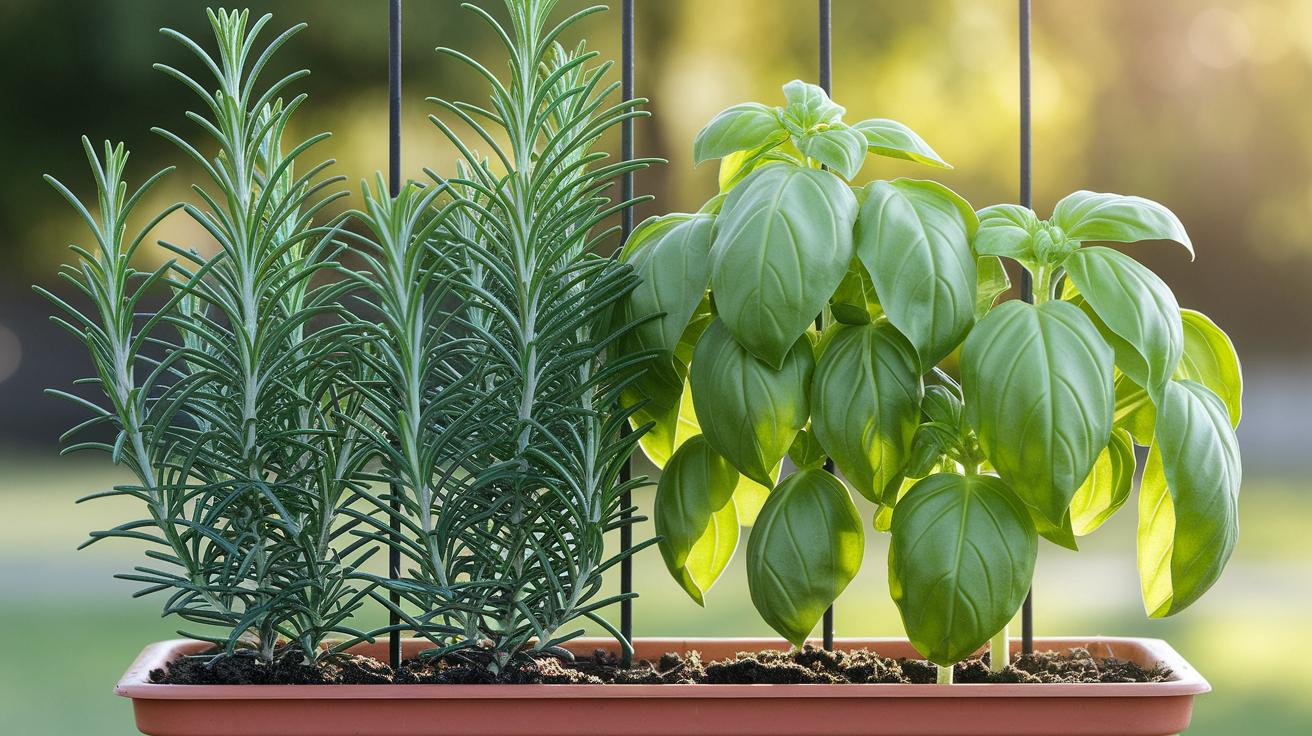
Choosing the right herbs for your vertical garden can feel like a puzzle. You want sun lovers in bright spots and shade fans lower down. And you want plants that grow at the same pace. Let’s break it down together.
Start with sun seekers at the top. Compact rosemary (woody herb with fragrant leaves) loves full sun and dry roots. It fits snugly on a top shelf where it soaks up the rays. Thyme (drought-tolerant herb with tiny leaves) is another gem for high spots – it sparkles in places where water drains fast.
Lower shelves get the cooler crew. Basil (fragrant leafy herb) does great in dappled light – think Genovese or lemon basil. Have you ever smelled basil on a morning breeze? It’s lovely. Parsley (leafy green herb) and cilantro (coriander leaves) enjoy these spots too, though cilantro might need netting (mesh fabric) if squirrels keep nibbling.
Mint (runner herb that spreads fast) makes a soft green carpet but can take over. Oops, I learned the hard way. So give peppermint or spearmint their own little pocket or pot. Sage (savory herb with gray-green leaves) likes moderate sun and good airflow. Tuck it beside rosemary for a fragrant duo.
Mixing herbs by flavor also works. Plant chives (onion-flavored grass-like herb) near cilantro to help keep pests away. Pair marjoram (mild-flavored herb) with oregano (spicy Mediterranean herb) for Italian vibes. When herbs share the same soil moisture, watering is a breeze.
For extra color and snacks, sneak in microgreens (tiny edible seedlings) or succulents (fleshy plants that store water) between pockets. Succulents barely need soil or water, so they fit in the smallest gaps.
If pets roam by, choose non-toxic plants. Our pet safe plants guide shows which herbs are fine for curious cats and dogs.
Plant now and you’ll soon be snipping mint for tea, sage for roasting, and basil for fresh salads – all from your space-saving green wall. Wow.
Installing Irrigation and Ensuring Proper Care for Your Vertical Outdoor Herb Garden
A drip irrigation system takes the guesswork out of watering. Each emitter (the little drip outlet) sends about 1 to 2 GPH (gallons per hour), so your herbs get a steady sip instead of a flood. You just clip the tubing along the planter frame and pop an emitter into each pocket or pot.
If you’re using felt pocket planters (those hanging cloth pockets), hand-watering every other day usually works. But if those pockets bake in hot sun, poke your finger into the soil each day to test for dryness. Self-watering towers (planters with built-in water reservoirs) feed the roots from below. And wick irrigation uses a strip or capillary mat (a porous mat that pulls up water) at the bottom of pots so plants sip when they need to.
Here’s a simple watering plan to keep your herbs happy:
- Week 1 and 2: Give felt pockets a drink every other day.
- From week 3 on: Switch to drip emitters on a timer twice a week.
- On really hot days: Add an extra watering.
- If frost shows up: Wheel mobile carts inside or under a porch until it’s safe.
If you collect rainwater, position barrels at the base of your garden wall so gravity gives you a free water feed. And when you move cart planters into morning or afternoon sun, herbs perk up and stay fresh. By the way, rolling them around is one of my favorite little garden hacks.
Vertical Outdoor Herb Garden Lush Space Saver
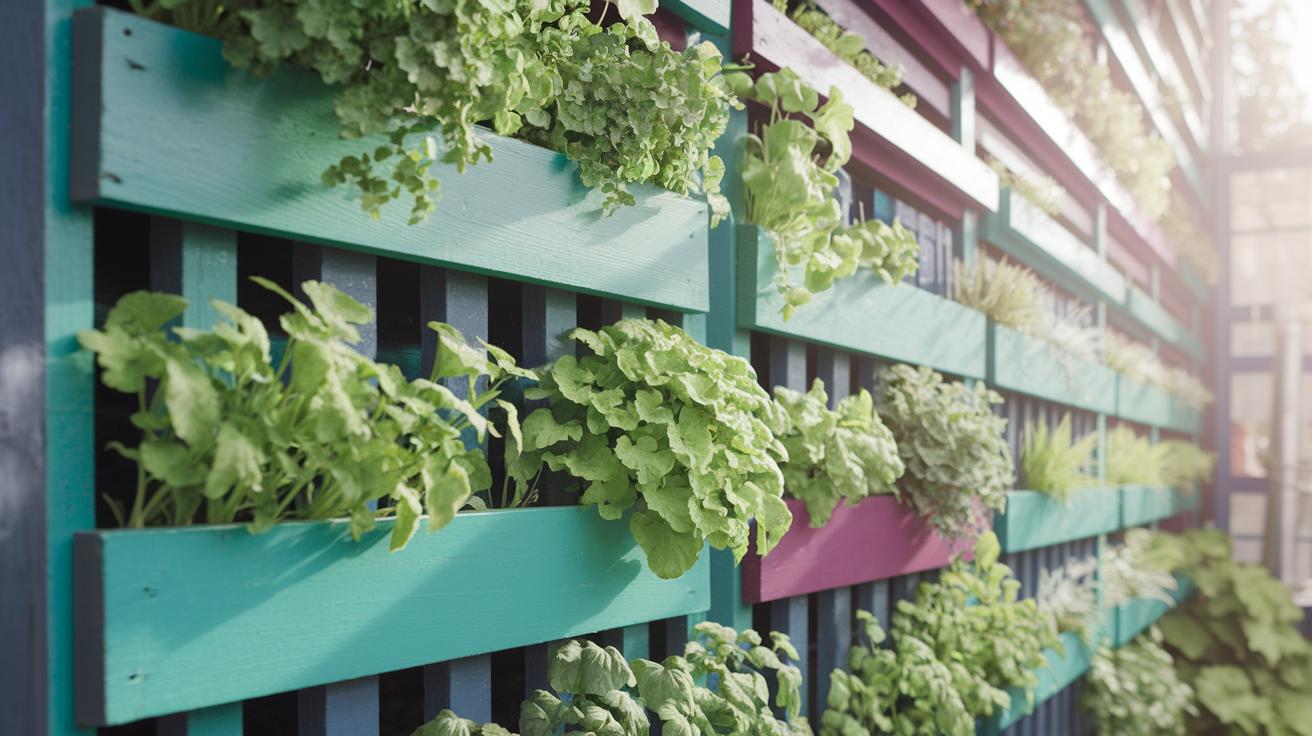
Hey neighbor, want your herbs to stay neat and give you a steady supply? Trim and pick them every week. Just snip off the top few leaves of basil, mint, and thyme and they’ll branch out into thick, lush sprigs. And that little cut helps sunshine reach the lower leaves so nothing gets lanky or bare.
For pest patrol, reach for gentle, natural sprays. A neem oil spray (plant-safe oil from neem trees) or a homemade garlic-pepper spray (crushed garlic and pepper) heftily deters aphids without harsh chemicals. If bigger critters wander in, drape some insect mesh netting (lightweight bug barrier) over your pots. It lets rain through but keeps birds and larger pests at bay.
Weather surprises us all, right? Seal wooden planter frames with an anti-rot sealer (waterproof finish) every year to protect against damp. Then add a couple of stakes or slats at the base to steady tall structures on windy days. When frost shows up, pop off the wheels and roll your herbs inside or tuck them under a porch roof until things warm up.
- Paint the backboard in soft pastel shades for a sweet color pop
- Stencil on fun patterns (like Moroccan tiles or leaf shapes)
- Hang burlap on the sides for a cozy cottage vibe
- Angle terracotta pots forward for more depth and interest
- Mix in mason jars or vintage tins for extra charm
In hot months, peek at the soil twice a week. If the top inch feels dry, give your herbs a good drink. As things cool off, let an extra day pass between waterings. A quick spray, a gentle snip, and a dash of creativity will keep your vertical herb garden lush and lovely all year long.
Final Words
You’ve jumped into a five-step plan: choose a structure, gather supplies, build the frame, pot herbs, install irrigation. That quick-start build plan gets herbs settled in an afternoon.
Then we covered how to pick or build ladder, pallet, felt pocket and tower setups. You saw which tools and soil mix work best and learned top herb picks for sun, shade or easy harvesting.
Next we explored drip kits, wicks and watering schedules. We dug into pruning pointers, pest hacks, and styling tips to keep things fresh.
Your new vertical outdoor herb garden is ready to shine. Enjoy every green moment.
FAQ
What are some vertical outdoor herb garden ideas?
Vertical outdoor herb garden ideas include using ladder planters with hanging buckets, felt pocket kits mounted on fences, repurposed pallets lined with coco liners, and stackable modular towers for tight spaces.
How do I create a vertical outdoor herb garden?
A vertical outdoor herb garden DIY begins by choosing a structure (see detailed guide), gathering wood or felt pockets, assembling the frame, potting herbs, then hooking up a simple drip irrigation system.
What is the best vertical outdoor herb garden setup?
The best vertical outdoor herb garden pairs weatherproof cedar pallets or metal towers with felt pocket planters, a lightweight potting mix, and drip irrigation for healthy herbs in minimal space.
Can you grow herbs in a vertical garden?
You can grow herbs in a vertical garden by picking sun-loving varieties, making sure each pocket has good drainage, and placing planters where herbs get at least six hours of sunlight.
How do indoor vertical herb gardens differ from outdoor ones?
Indoor vertical herb gardens use LED grow lights, lighter potting mixes, and self-watering containers, while outdoor setups rely on natural sun, weatherproof materials, and larger drainage holes.
Are there any drawbacks to using vertical gardens?
Vertical gardens dry out faster, need more frequent watering, and offer less root room for large herbs, so check moisture daily and pick compact varieties for best results.
What herbs should not be planted side by side?
Herbs that should not be planted side by side include mint (it spreads too fast) and sage near basil or cilantro to avoid root crowding and mixed flavors in small planters.
What month should you start an herb garden?
You should start an herb garden in spring, typically March through May, once frost risk is low, giving young herbs time to root before summer heat arrives.

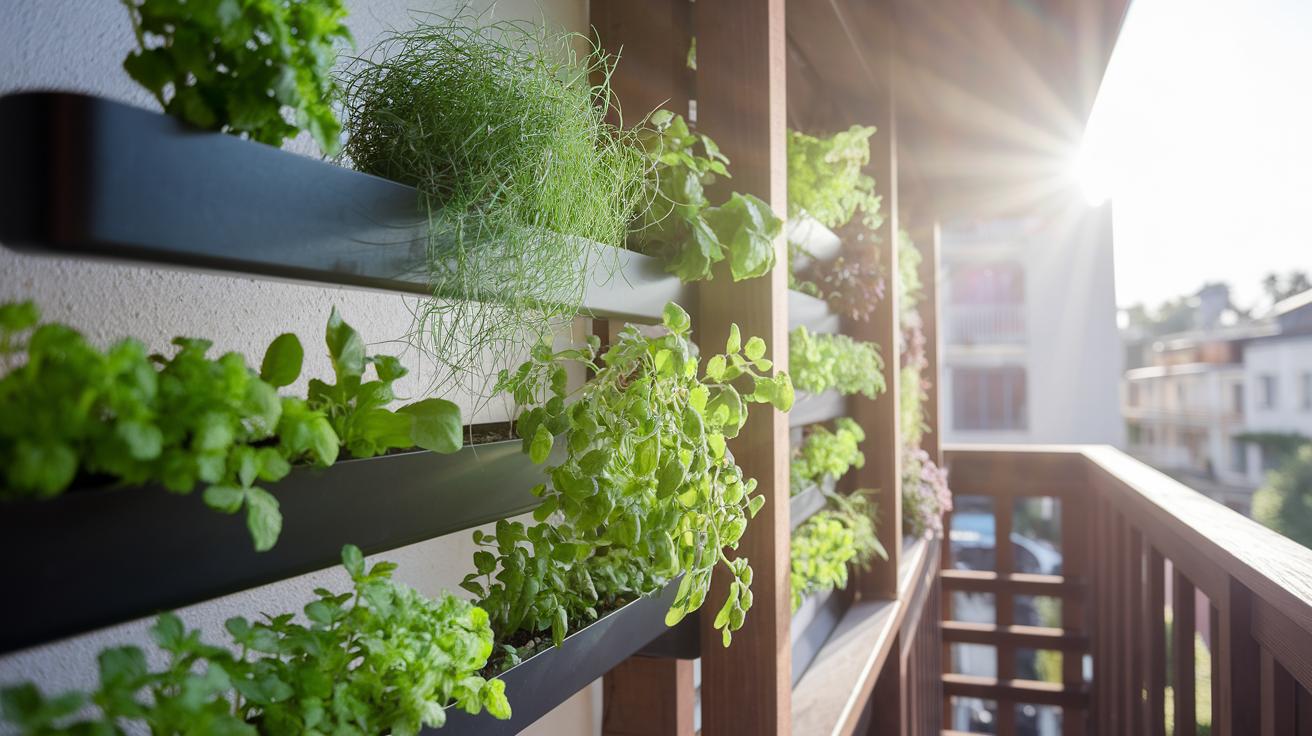


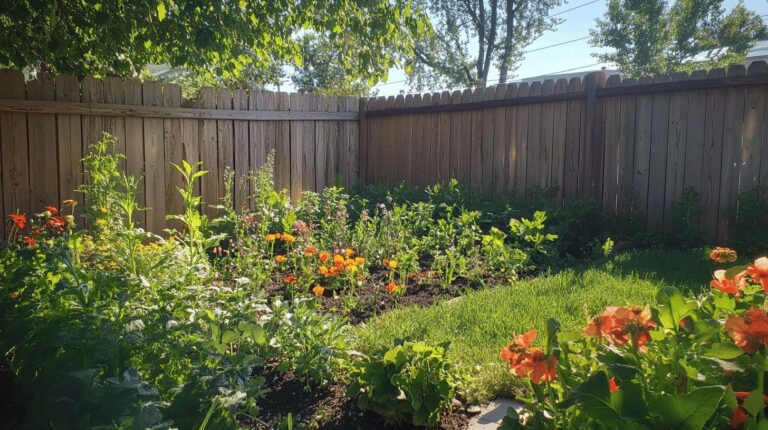
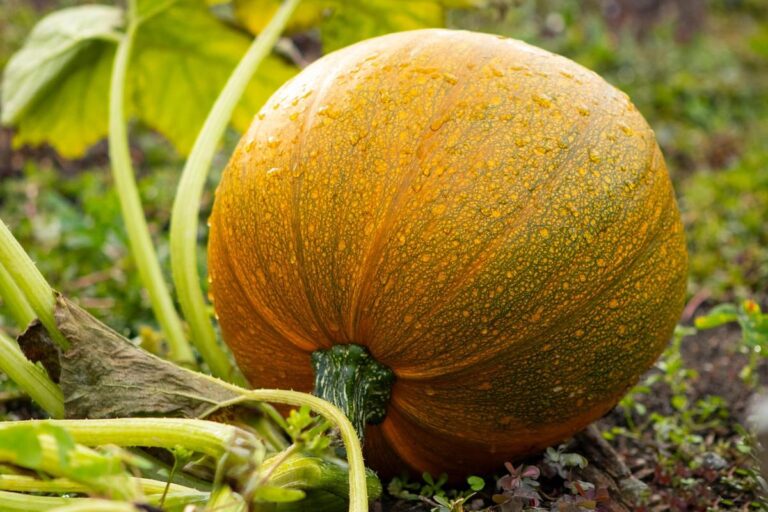


One Comment